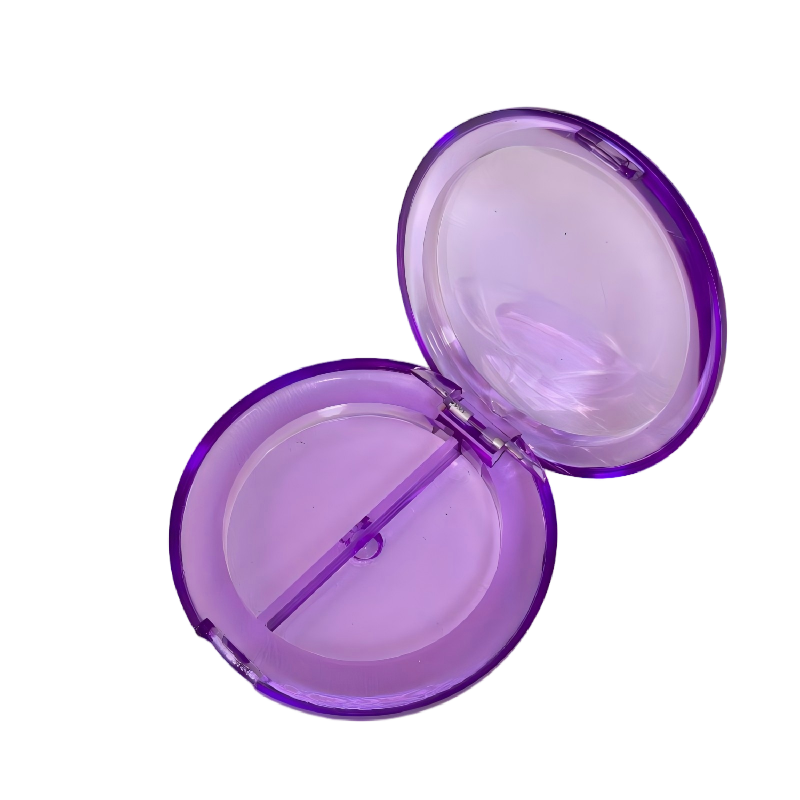
Empty blush containers are a common sight in beauty routines and cosmetic production. While they serve as convenient packaging for blush powders and creams, concerns about their environmental impact have grown. Consumers and manufacturers alike are asking whether empty blush containers are eco-friendly or recyclable. Understanding the materials, recycling challenges, and sustainable alternatives can help guide better choices.
Materials Used in Empty Blush Containers
Most empty blush containers are made from plastic, acrylic, or a combination of plastic and metal components. Some containers feature mirrors, lids, or applicators that add functionality but also increase material complexity.
Plastic-based containers are lightweight and durable, which makes them convenient for packaging and transportation. However, the mix of materials, especially when combined with small metal parts or non-removable mirrors, can complicate recycling processes. Acrylic containers, while aesthetically appealing, often require specialized recycling facilities, limiting eco-friendly disposal options.
Recycling Challenges
Recycling empty blush containers is not always straightforward. Many curbside recycling programs do not accept cosmetic packaging due to its small size, mixed materials, or residual product contamination. Even thoroughly cleaned containers may be rejected if they contain non-recyclable components.
Specialized cosmetic recycling programs have emerged to address this issue. Some brands and organizations collect empty containers, which are then processed into new cosmetic packaging, home products, or other plastic items. While these programs reduce landfill waste, they are not available everywhere and may require consumers to actively participate.
Sustainable Alternatives
For those concerned about sustainability, there are alternatives to traditional empty blush containers. Some brands offer containers made from recycled plastics or biodegradable materials. Others provide refillable designs that allow consumers to reuse the same container multiple times, significantly reducing waste.
Refillable containers can also be more cost-effective over time, while giving users the flexibility to switch colors or formulations without discarding the packaging. Choosing products designed for reuse or made from sustainable materials is one way to support eco-conscious beauty routines.
Extending the Life of Containers
Another way to reduce the environmental impact of empty blush containers is to extend their lifespan. Cleaning and reusing containers for DIY cosmetics, small storage, or craft projects can keep them out of landfills. Even small creative uses, such as storing jewelry, beads, or office supplies, can give containers a second life.
Educating consumers about proper cleaning and repurposing can help reduce cosmetic packaging waste, while promoting practical and creative solutions for everyday life.
Responsible Disposal
When containers are no longer usable, responsible disposal is key. Participating in cosmetic recycling programs or checking with local waste management facilities can help ensure containers are processed appropriately. Separating recyclable parts from non-recyclable ones can also improve recycling efficiency.
Manufacturers are increasingly aware of the environmental impact of cosmetic packaging. By choosing products with recyclable or refillable containers, consumers can make a meaningful difference without compromising their beauty routines.
Empty blush containers are convenient, but their eco-friendliness and recyclability depend on materials, design, and disposal practices. By selecting sustainable options, reusing containers, and participating in recycling programs, consumers and manufacturers can reduce environmental impact while maintaining the functionality and appeal of cosmetic packaging.



 English
English  中文简体
中文简体  عربى
عربى  Español
Español 


